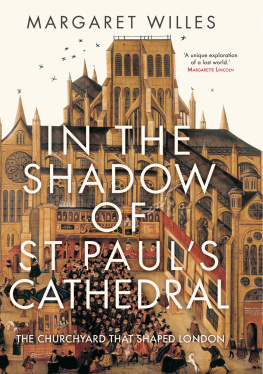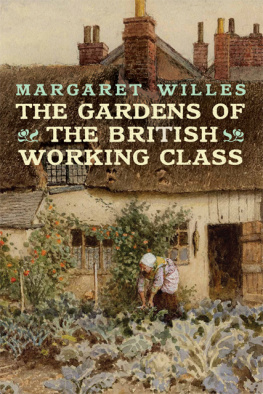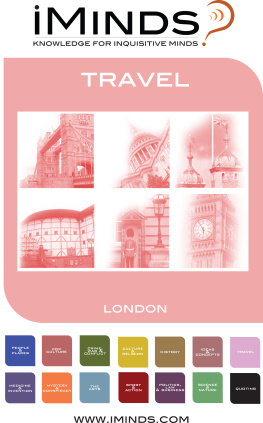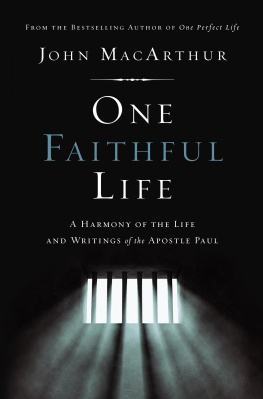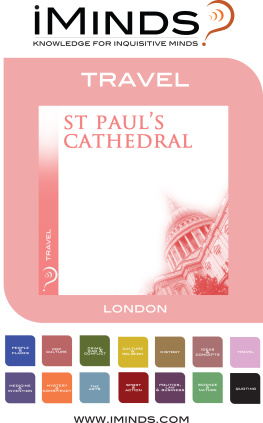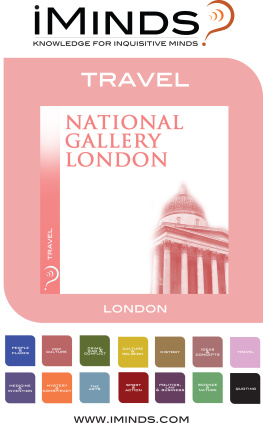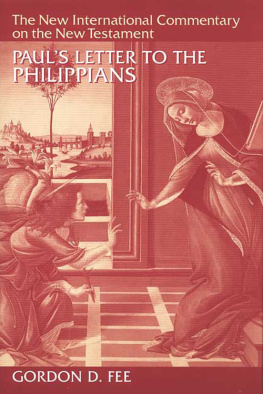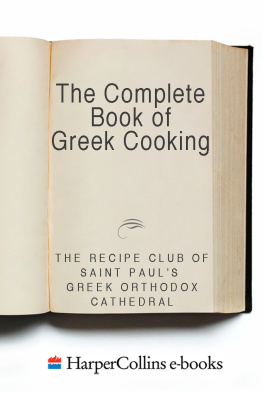IN THE SHADOW OF ST PAULS CATHEDRAL

Copyright 2022 Margaret Willes
All rights reserved. This book may not be reproduced in whole or in part, in any form (beyond that copying permitted by Sections 107 and 108 of the U.S. Copyright Law and except by reviewers for the public press) without written permission from the publishers.
All reasonable efforts have been made to provide accurate sources for all images that appear in this book. Any discrepancies or omissions will be rectified in future editions.
For information about this and other Yale University Press publications, please contact:
U.S. Office:
Europe Office:
Set in Adobe Garamond Pro by IDSUK (DataConnection) Ltd
Printed in Great Britain by TJ Books, Padstow, Cornwall
Library of Congress Control Number: 2021948942
e-ISBN: 978-0-300-26567-5
A catalogue record for this book is available from the British Library.
10 9 8 7 6 5 4 3 2 1
CONTENTS
ILLUSTRATIONS
Plates
In text
Maps
ACKNOWLEDGEMENTS
There are many people to thank because this book covers many fields and many periods of history. Moreover, I have completed it during a pandemic, so the kindness of friends and strangers has been vital. Rather than just provide a list of names, let me try to provide some context to their help.
To my fellow author, George Goodwin, who produced Bishop Francesco Coppini out of his research, convincing me that Pauls Cross really was the Speakers Corner of its age and setting me on my way. To my sadly late tutor Susan Reynolds and Levi Roach for their help in unravelling some of the mysteries of Anglo-Saxon London, although some remain ravelled. To John Schofield for his masterly knowledge of the archaeology of the cathedral, and to Professor Wall for his excavation of the process of pulpit to press for John Donnes sermon. To Amy Erickson and Sheila OConnell for the women traders in the Churchyard in the eighteenth century that filled such a lacuna in my knowledge. Charles Sebag-Montefiore told me of the Old Master paintings that hung in the premises of Cook & Son. And Norman Franklin provided an account of the final days of publishing in the Churchyard.
Librarians and archivists have been so generous with help, notably Jeremy Smith at the London Metropolitan Archives, Peter Ross and Jo Wisdom at the Guildhall Library and Ruth Frendo, the archivist of the Stationers Company. London guides too have shared their knowledge, especially Jill Finch and Sue Jackson. Friends that have provided leads include Gerit Quealy, Fiona Darbyshire, Annie Edge, Deborah Springer, Elizabeth Prochaska and Sally Williams.
The unheralded arrival of Covid made technical help even more vital than in normal times. So thank you to Mike Paterson and Hawk Norton for graphics editing, and Nina-Sophia Miralles for guidance on dealing with images online.
Finally, my publishers, Yale University Press. Thank you to Julian Loose for having faith in my idea for the book, and his editorial team who have helped me through these interesting times. In particular, I want to acknowledge my editor, Rachael Lonsdale, who has been with me through five books now, for her constantly wise guidance.
INTRODUCTION
My first memory of St Pauls Churchyard was when I visited it as a child, most probably in Coronation year, 1953. This was not long after the Second World War, and just over a decade since the area was devastated by bombing. Against all the odds, St Pauls Cathedral survived, along with a handful of other historic buildings nearby, looking like teeth in a wrecked mouth. I remember the tumbleweed pirouetting in the wind that soughed through the mounds of rubble. My whole working career was to be spent in book publishing, so when I became aware that this area had been for centuries the centre of the English book world I resolved one day to write about it. This is the result.
The image of a churchyard is often a rural one, entered by a lychgate with the gravestones of villagers set amid grass and ancient yew trees. St Pauls Churchyard is not, and never has been, remotely like this, nor has it resembled the precincts and closes of any other of Englands medieval cathedrals, such as Salisbury or Lincoln, with wide expanses of lawn surrounded by charming residences. First, it was a distinct area known as Paulesbyrig. By the early fourteenth century this had become an enclosed area with walls and gates, a town within the city. In the centuries that followed, more and more buildings were erected, so that by the later Middle Ages it had become a veritable jumble, with stalls and sheds amid larger structures, as shown in the map on p. 7. The City of London has for centuries been short of public open spaces. What open spaces there were, were mostly contained within religious houses until the Reformation, so that St Pauls Churchyard somehow had to combine public space with the functioning of the cathedral.
This book is not a history of St Pauls Cathedral, but rather of the surrounding area, and of the laypeople who lived and worked there, and of those who visited. Inevitably, however, it was the cathedral that shaped what was going on immediately around it. Thus, for example, the Churchyard became the theatre for grand ceremonial, with kings and princes welcomed, and sometimes denounced, for it could also act as a centre for opposition. Thomas Carlyle in the nineteenth century memorably described Pauls Cross, just to the north-east of the cathedral, as The Times Newspaper for the nation. It was the presence of craftsmen working on the production of manuscript books for the cathedral that drew printers to bring their presses to the area at the beginning of the sixteenth century, and thus it was also a centre for the book trade.
Exactly what constitutes the Churchyard is not always easy to define, as it has changed over the centuries. At one stage, for example, there was a series of churchyards contained within the cathedral precincts, such as the Cross Churchyard and the Pardon Churchyard, but the overall name of St Pauls Churchyard remained. As the metropolitan cathedral of London, St Pauls always played a role in the daily life of the citizens, with buying and selling even taking place in the nave from the fourteenth century onwards. This secular character markedly increased at the Reformation, and the Middle Aisle, as it was known, was where Londoners went to gather news and to be seen. It can be said the Churchyard had invaded the cathedral. Following the Great Fire of 1666, which marked the end of the medieval cathedral, publishers and printers were temporarily obliged to leave the Churchyard and join the bookselling community in the streets to the north, almost up to Smithfield. So it is the idea of the Churchyard that forms my theme.
My story begins in AD 604, with the building of the first cathedral on the elevated site in the westernmost part of what had been the Roman city of Londinium. Information about the first centuries of the cathedral and its precinct is all too sparse, but with the arrival of the Norman kings there is much more detail. Covering many centuries of the history of the Churchyard means necessarily that I have had to be selective. For example, rather than describing a long series of the very important sermons preached en plein air at Pauls Cross, I have chosen those that reflect the complex religious controversies of the time, put over to the considerable congregations in the Churchyard. Rather than enumerating all the printers, publishers and booksellers who thronged the Churchyard and its environs, I have chosen specific examples that reflect the development of the book and of journals. In the various genres, the Churchyard trade was so often in the vanguard.
Next page
